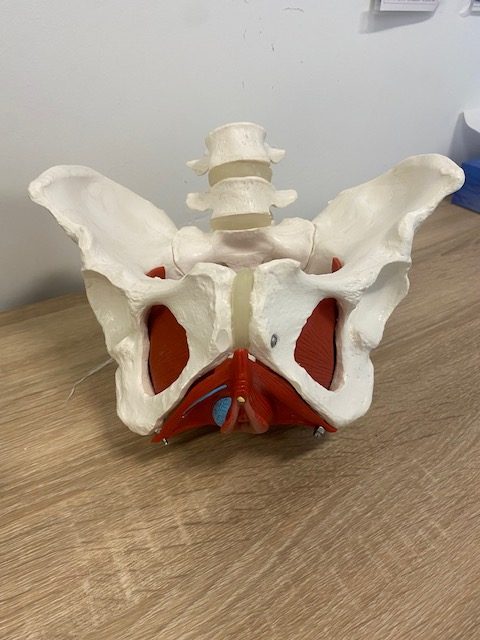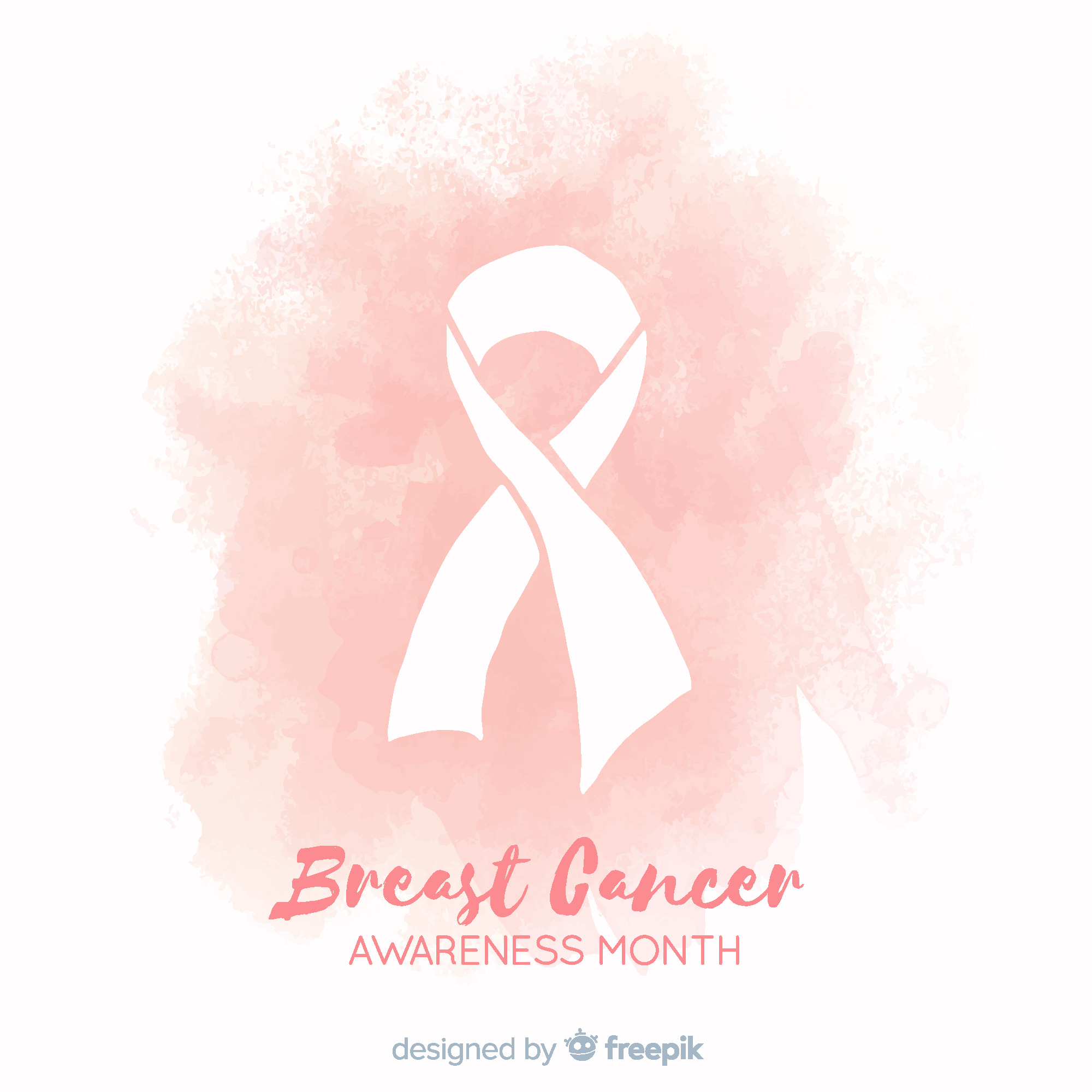Breast Cancer Awareness Month

Currently, there is a 1 in 8 chance risk a woman in the United States can develop breast cancer sometime in her life. The American Cancer Society’s estimates that about 276,480 new cases of invasive breast cancer will be diagnosed in women in the United States in 2020. Even though males do not develop milk-producing breasts, a man’s breast cells and tissue can still develop cancer. Even so, male breast cancer is very rare. Less than one percent of all breast cancer cases develop in men, and only 1 in 1000 men will ever be diagnosed with breast cancer. Men carry a higher mortality than women do, primarily because awareness among men is less and they are less likely to assume a lump is breast cancer, which can cause a delay in seeking treatment. The majority of men diagnosed are over the age of 50.
Symptoms
The most common symptom of breast cancer is a new lump or mass. Breast cancer in men is usually detected as a hard lump underneath the nipple and areola. It is important to have any new breast mass, lump, or breast change checked by an experienced healthcare professional.
Other possible symptoms of breast cancer include:
- Swelling of all or part of a breast (even if no lump is felt)
- Skin dimpling (sometimes looking like an orange peel)
- Breast or nipple pain
- Nipple retraction (turning inward)
- Nipple or breast skin that is red, dry, flaking or thickened
- Nipple discharge (other than breast milk)
- Swollen lymph nodes
Surgical options
Breast-conserving surgery: aka lumpectomy, quadrantectomy, partial mastectomy, segmental mastectomy
Types of mastectomies
There are several different types of mastectomies, based on how the surgery is done and how much tissue is removed.
Simple (or total) mastectomy
- In this procedure, the entire breast is removed, including the nipple, areola, and skin, with the possibility of some lymph node removal depending on the situation.
Skin-sparing mastectomy
- In this procedure, most of the skin over the breast is left intact and only the breast tissue, nipple and areola are removed.
Nipple-sparing mastectomy
- Nipple-sparing mastectomy is a variation of the skin-sparing mastectomy during which the breast tissue is removed, but the breast skin and nipple are left in place. This can be followed by breast reconstruction.
- The surgeon often removes the breast tissue beneath the nipple (and areola) during the procedure to check for cancer cells, though, if cancer is found in this tissue, the nipple must be removed.
Modified radical mastectomy
- A modified radical mastectomy combines a simple mastectomy with the removal of the lymph nodes under the arm, called an axillary lymph node dissection.
Radical mastectomy
- Rarely done now.
- The surgeon removes the entire breast, axillary (underarm) lymph nodes, and the pectoral (chest wall) muscles under the breast.
- This surgery was once very common, but less extensive surgery (such as the modified radical mastectomy) has been found to be just as effective and with fewer side effects.
Double mastectomy
- When both breasts are removed as a risk-reducing surgery for women at very high risk for getting breast cancer, such as those with a BRCA gene mutation.
- Most of these mastectomies are simple mastectomies, but some may be nipple-sparing.
Breast reconstruction options
- Smaller implants
- Fat grafting
- Breast reduction
- Breast lift
- Revision of scar
- Smaller tissue flaps
How Can Physical Therapy Help?
Following surgery, an individual can have a loss of strength and mobility. Physical therapy can reduce pain and improve mobility by decreasing adhesions. Lymph drainage therapy can help to move the fluid and decrease swelling that may result from lymph node removal and/or radiation therapy.
Reference:
- American Cancer Society https://www.cancer.org/cancer/breast-cancer.html
- National Breast Cancer Foundation https://www.nationalbreastcancer.org/male-breast-cancer







